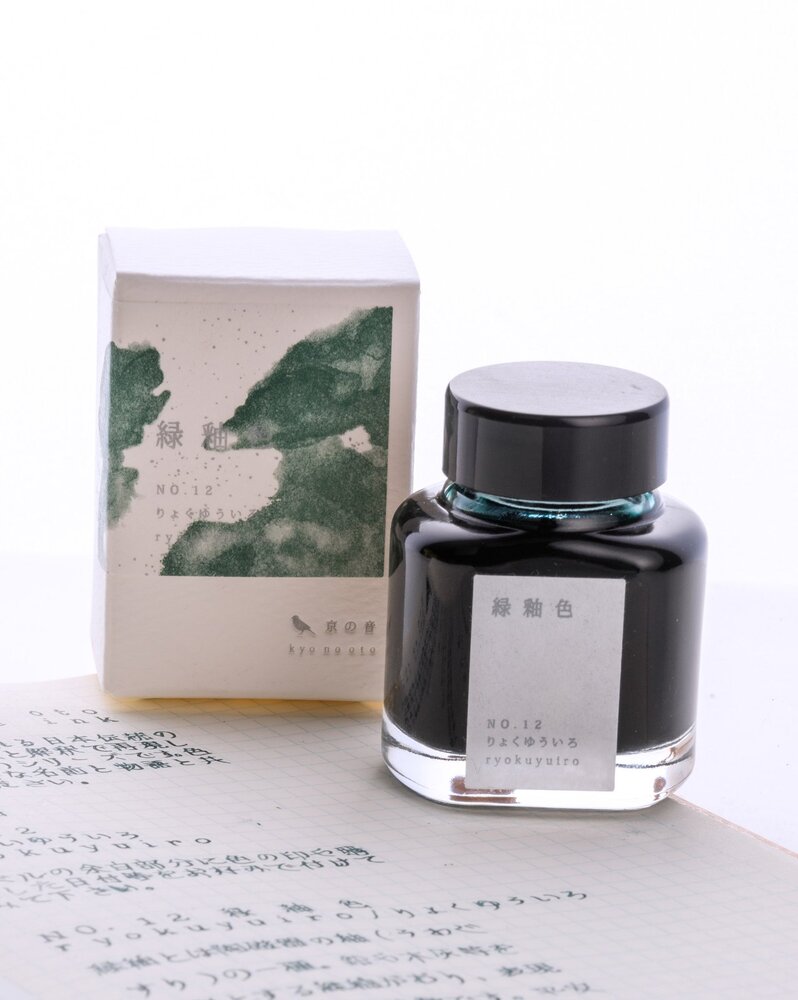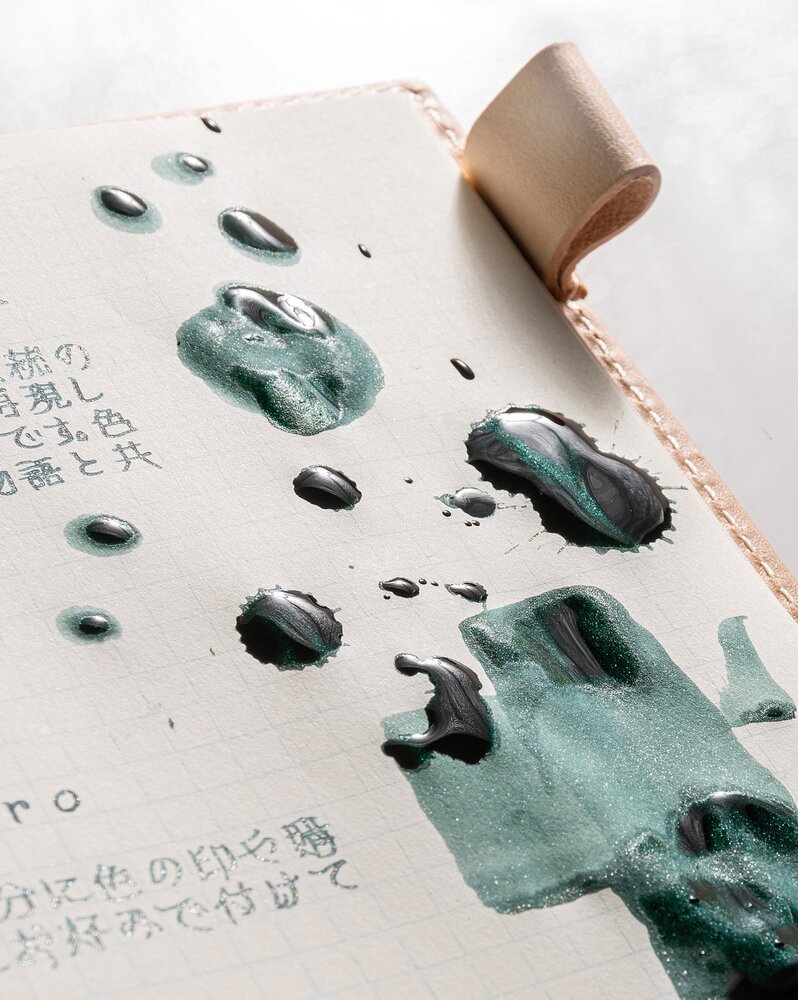Search the Community
Showing results for tags 'kyonooto'.
-
To be honest I don't know much about the company. Some time ago Algester posted topic about Tag Kyoto branch inks. The bottles and colors presented on their site looked nice so I've decided to try some of these inks. I've managed to buy two on Rakuten and I'll review them. The inks are made by or fo...
-
Kyonooto inks are made by or for Takeda Jimuki company and are available in two lines: Kyo No Oto and Kyo-Iro. Kyo no Oto inks are said to be traditional japanese colors that has been used since heian era (roughly 1000 years ago),and expressing a tinges that have been nurtured in long history and pr...
-
Hello Folks, First time posting here and it might not be a review as per the review standards over here (eg. all the tests and examples etc) but I promise I will make it up with great pictures to showcase the ink. I am mostly active over at reddit and some of the people here might have...
- 26 replies
-
- ink review
- japanese
-
(and 2 more)
Tagged with:
-
To be honest I don't know much about the company. Some time ago Algester posted topic about Tag Kyoto branch inks. The bottles and colors presented on their site looked nice so I've decided to try some of these inks. I've managed to buy two on Rakuten and I'll review them. The inks are made by or fo...
-
A red-purple with some black sheen if there is a LOT of ink. The name means 'colour of red beans', and refers to the tradition of using red beans and rice as an essential part of Japanese religious ceremonies.
- 6 replies
-
- kyo no oto
- kyonooto
- (and 5 more)
-
- 9 replies
-
- kyo no oto
- kyonooto
-
(and 8 more)
Tagged with:
-
To be honest I don’t know much about the company. Some time ago Algester posted topic about Tag Kyoto branch inks. The bottles and colors presented on their site looked nice so I’ve decided to try some of these inks. The inks are made by or for Takeda Jimuki company and are available in two lines: K...
-
To be honest I don’t know much about the company. Some time ago Algester posted topic about Tag Kyoto branch inks. The bottles and colors presented on their site looked nice so I’ve decided to try some of these inks. I’ve managed to buy two on Rakuten and I’ll review them. The inks are made by or fo...
-
To be honest I don't know much about the company. Some time ago Algester posted topic about Tag Kyoto branch inks. The bottles and colors presented on their site looked nice so I've decided to try some of these inks. I've managed to buy two on Rakuten and I'll review them. The inks are made by or fo...











